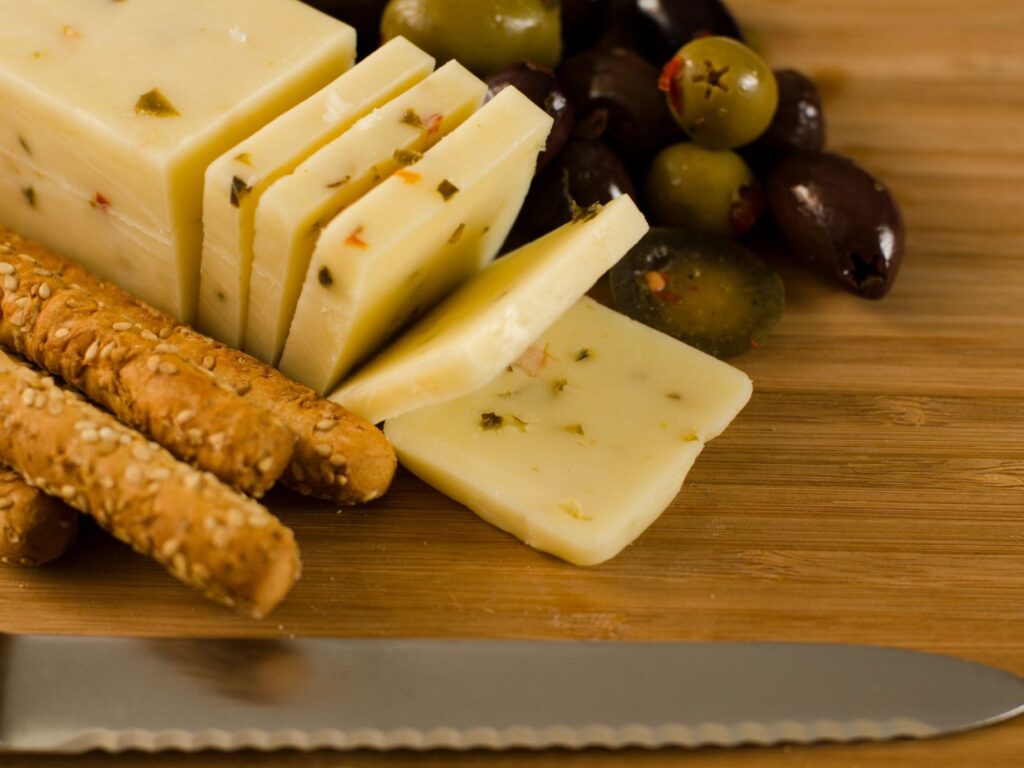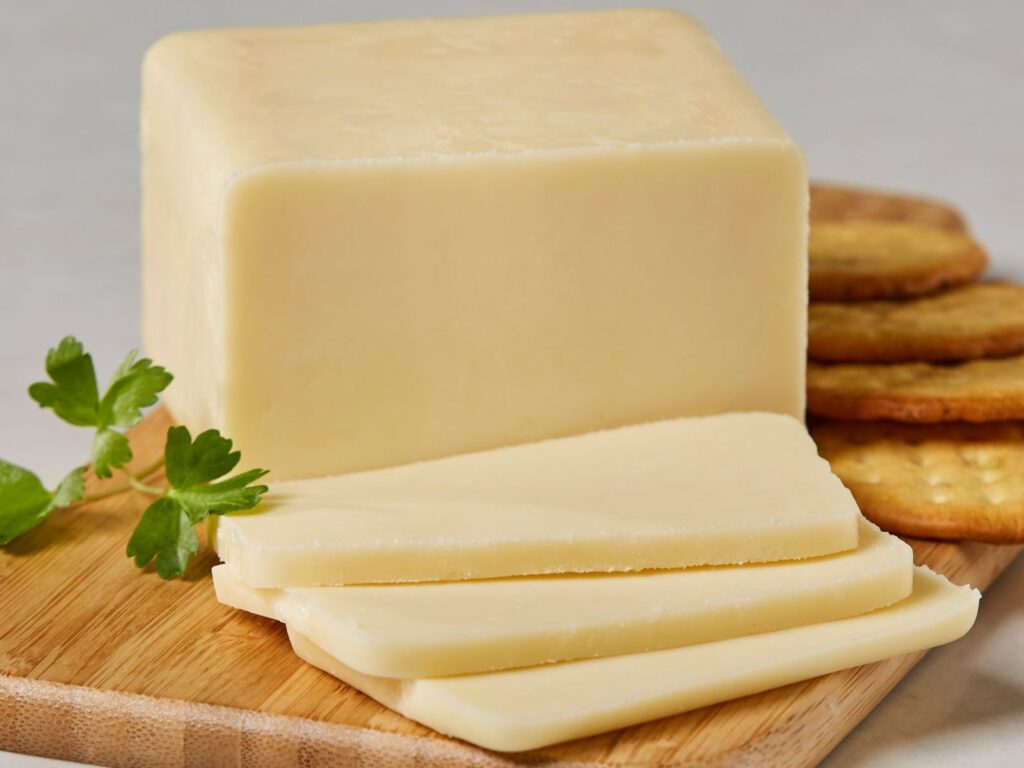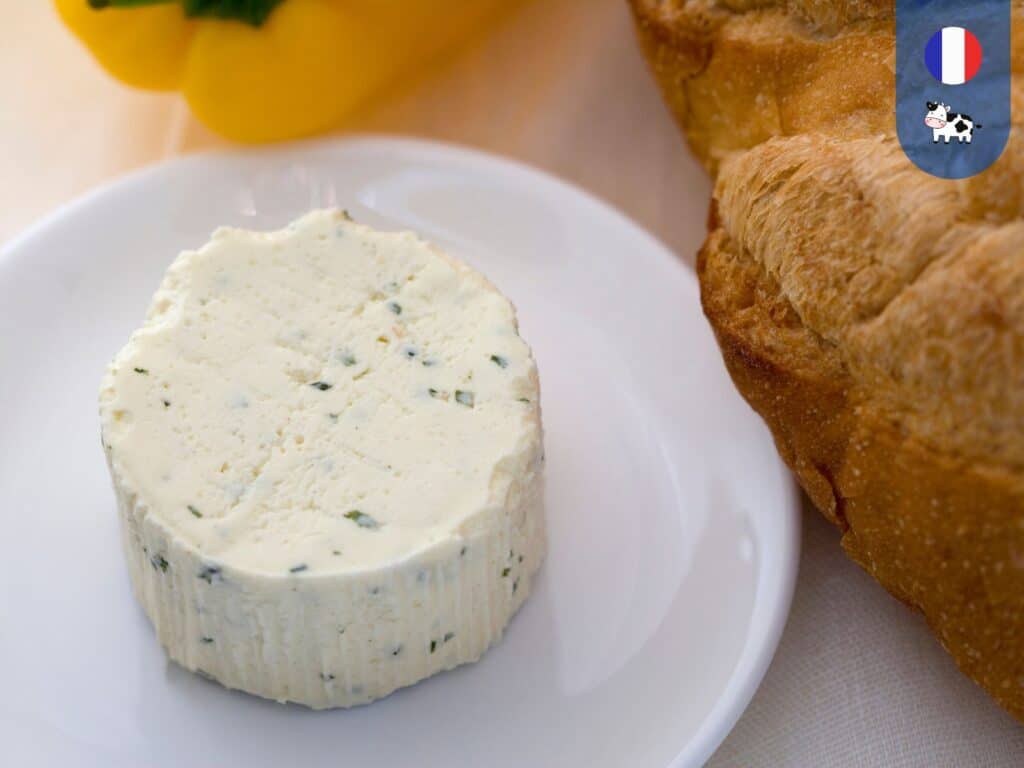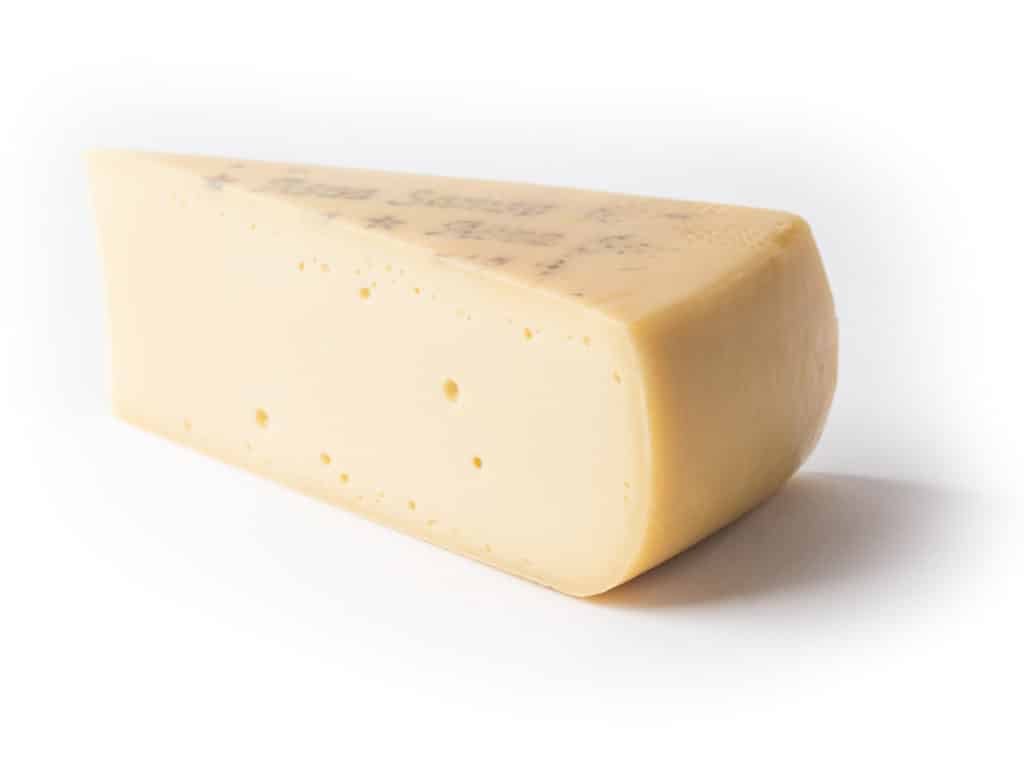Danish cheeses don’t get much more famous than Havarti. Read on to learn about the history of this “holey” cheese from Denmark.
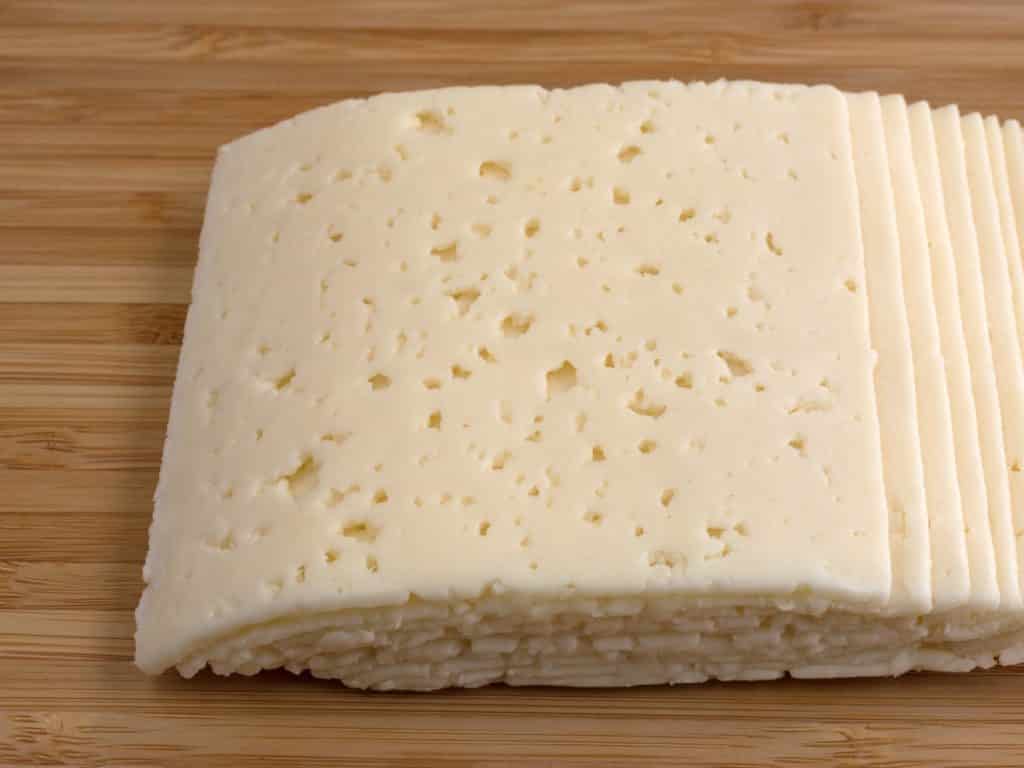
Where does Havarti come from?
Native to Denmark, Havarti was invented in the mid-1800’s by Hanne Nielsen, who named it after her farm, Havartigaard. This pressed uncooked cow’s milk cheese quickly rose to prominence and became a staple in Danish cuisine.
How is Havarti made?
In order to make Havarti, Danish cheesemakers pasteurise raw cow’s milk and add the required cultures. Once the milk has coagulated into curds, they drain the whey and transfer the curds into moulds. Then, they press the newly formed cheese in the moulds and let them cool before brining.
Overall, Havarti can spend from a few months to a year in the maturation rooms before it is ready to be enjoyed.
How to serve Havarti
Renowned for its springy texture and subtle sweet and acidic flavour, Havarti is balanced and mild enough to suit most palates. As the cheese matures, its flavour develops to become slightly spicier with notes of hazelnut.
Overall, Havarti is a really versatile cheese. Since it was designed to be sliced, it is only natural that the locals love to eat it in sandwiches. Moreover, it pairs well with red apples, honey, pickled vegetables and a glass of red wine.
Thank you for reading
Thank you for reading this post about yet another amazing artisanal cheese. Have you tried this cheese before? Drop us a comment below with your thoughts.
If you enjoy learning about new cheeses, you can subscribe to our newsletter below. You will hear from us about once a week as we share new cheese profiles with you.
Finally, keep scrolling to find some more cheeses and recipes that have been recommended for you. Keep it cheesy!
